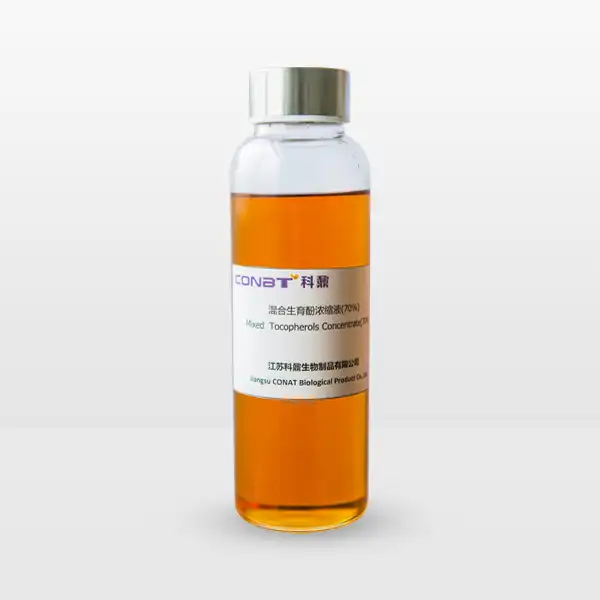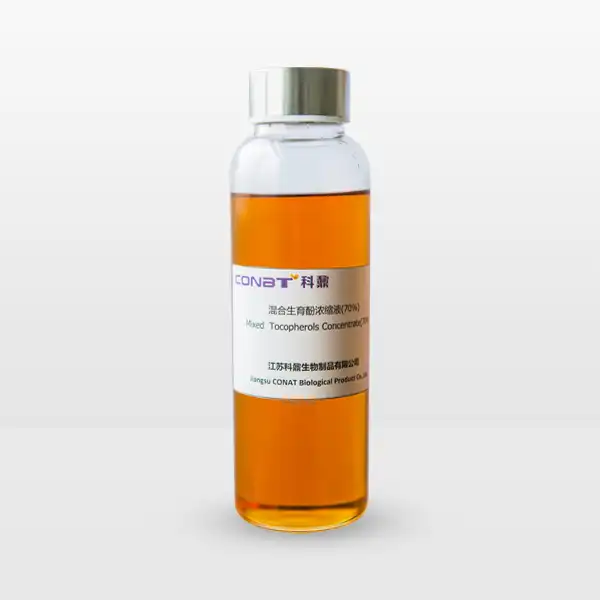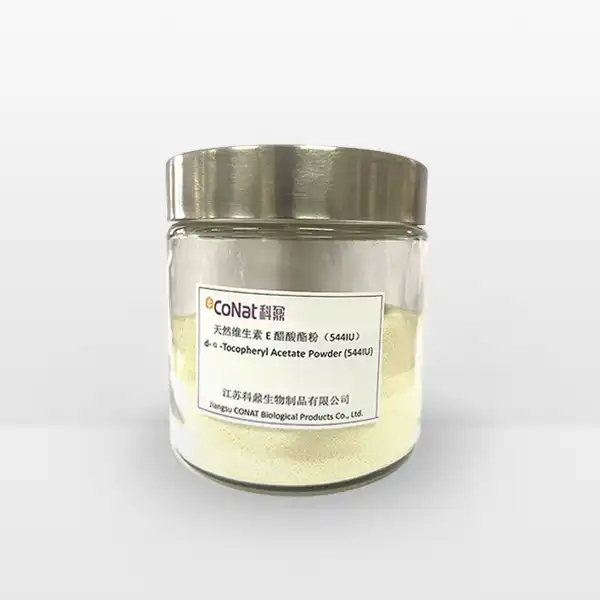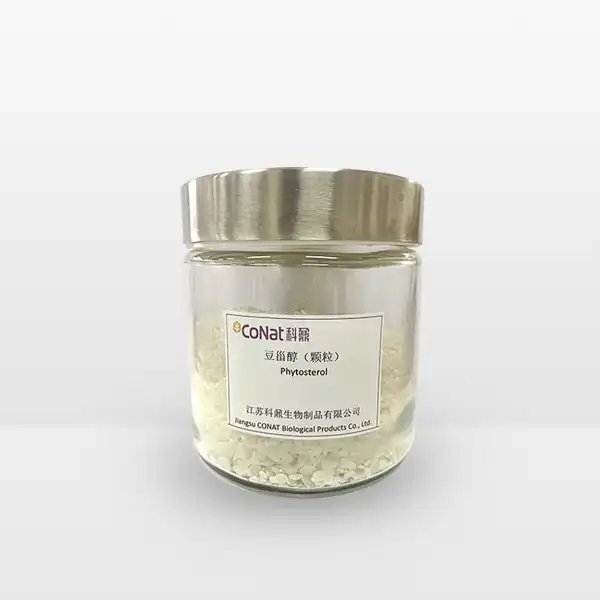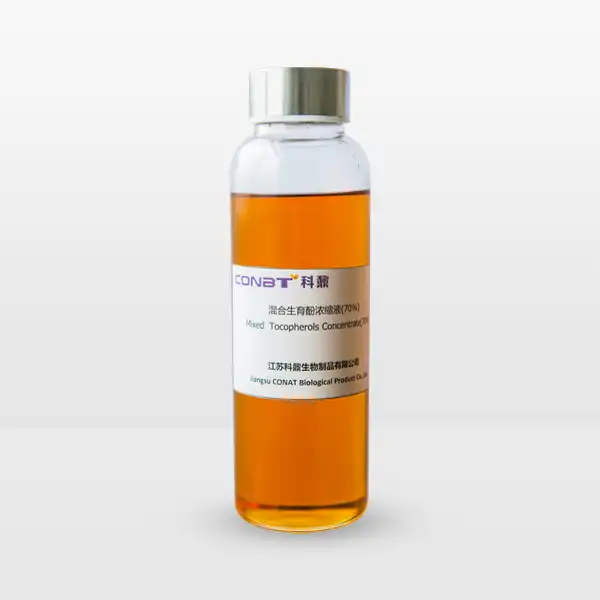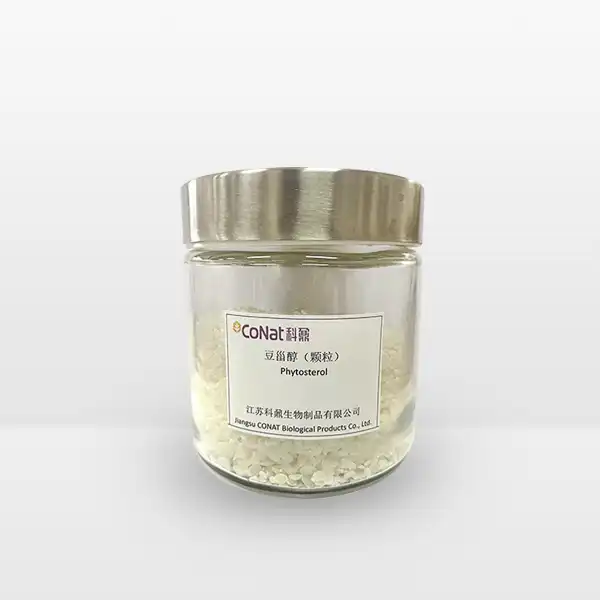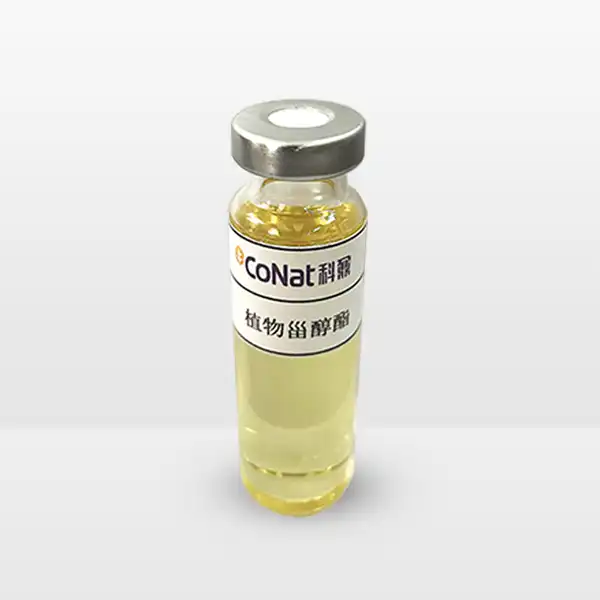- English
- French
- German
- Portuguese
- Spanish
- Russian
- Japanese
- Korean
- Arabic
- Greek
- German
- Turkish
- Italian
- Danish
- Romanian
- Indonesian
- Czech
- Afrikaans
- Swedish
- Polish
- Basque
- Catalan
- Esperanto
- Hindi
- Lao
- Albanian
- Amharic
- Armenian
- Azerbaijani
- Belarusian
- Bengali
- Bosnian
- Bulgarian
- Cebuano
- Chichewa
- Corsican
- Croatian
- Dutch
- Estonian
- Filipino
- Finnish
- Frisian
- Galician
- Georgian
- Gujarati
- Haitian
- Hausa
- Hawaiian
- Hebrew
- Hmong
- Hungarian
- Icelandic
- Igbo
- Javanese
- Kannada
- Kazakh
- Khmer
- Kurdish
- Kyrgyz
- Latin
- Latvian
- Lithuanian
- Luxembou..
- Macedonian
- Malagasy
- Malay
- Malayalam
- Maltese
- Maori
- Marathi
- Mongolian
- Burmese
- Nepali
- Norwegian
- Pashto
- Persian
- Punjabi
- Serbian
- Sesotho
- Sinhala
- Slovak
- Slovenian
- Somali
- Samoan
- Scots Gaelic
- Shona
- Sindhi
- Sundanese
- Swahili
- Tajik
- Tamil
- Telugu
- Thai
- Ukrainian
- Urdu
- Uzbek
- Vietnamese
- Welsh
- Xhosa
- Yiddish
- Yoruba
- Zulu
Are Natural Tocopherols Safe to Use in Supplements?
Natural tocopherols, the compounds that make up vitamin E, have been a subject of significant interest in the dietary supplement industry and among health-conscious consumers. These powerful antioxidants, found naturally in various foods like nuts, seeds, and vegetable oils, are widely used in supplement formulations. The safety profile of natural tocopherols has been extensively studied, with research consistently demonstrating their beneficial role in human health when used appropriately. This comprehensive exploration will address key questions about natural tocopherols' safety, effectiveness, and proper usage in supplementation.
What Makes Natural Tocopherols Different from Synthetic Vitamin E?
Natural tocopherols represent a family of compounds that exist in several forms, primarily alpha-, beta-, gamma-, and delta-tocopherol. These natural variants are structurally distinct from their synthetic counterparts and demonstrate superior bioavailability and effectiveness in the human body. The key distinction lies in their molecular structure and how the body processes them. Natural tocopherols are derived from plant sources and contain a specific molecular configuration that the body recognizes and utilizes more efficiently.
The superiority of natural tocopherols over synthetic alternatives is evidenced by their enhanced absorption rates and retention in tissues. Research has shown that natural alpha-tocopherol, for instance, has approximately twice the bioavailability of its synthetic counterpart. This increased bioavailability means that lower doses of natural tocopherols can achieve the same biological effects as higher doses of synthetic versions. Additionally, natural tocopherols exist in a form that matches the body's preferred stereochemistry, leading to better incorporation into cell membranes and more effective antioxidant protection.
The production process also plays a crucial role in distinguishing natural from synthetic tocopherols. Natural variants are extracted from vegetable oils using gentle processing methods that preserve their natural state and beneficial properties. This careful extraction process ensures that the final product maintains its biological activity and provides optimal health benefits. Furthermore, natural tocopherols often come with complementary compounds found in their original plant sources, which may enhance their overall effectiveness through synergistic interactions.
How Much Natural Tocopherols Should Be Taken Daily for Optimal Benefits?
Determining the optimal daily intake of natural tocopherols requires careful consideration of various factors, including age, health status, and specific health goals. The recommended dietary allowance (RDA) for vitamin E, primarily in the form of alpha-tocopherol, is 15 mg (22.4 IU) per day for adults. However, research suggests that higher doses of natural tocopherols may be beneficial for specific health purposes, while staying within safe limits.
For general health maintenance and antioxidant protection, consuming natural tocopherols through a balanced diet rich in nuts, seeds, and vegetable oils can provide adequate amounts. When supplementation is necessary, studies have shown that doses ranging from 100 to 400 IU per day are both safe and effective for most adults. It's important to note that these recommendations are based on total tocopherol content, including all natural variants, rather than just alpha-tocopherol alone.
The body's ability to store and utilize tocopherols plays a crucial role in determining optimal intake levels. Unlike water-soluble vitamins, tocopherols are fat-soluble and can be stored in fatty tissues, allowing for some flexibility in daily intake. Research has demonstrated that consistent, moderate supplementation may be more beneficial than sporadic high doses. Additionally, the presence of adequate dietary fat enhances the absorption of natural tocopherols, making it advisable to consume them with meals containing healthy fats.
Can Natural Tocopherols Interact with Prescription Medications?
Understanding the potential interactions between natural tocopherols and prescription medications is crucial for safe supplementation. While natural tocopherols are generally considered safe, they can interact with certain medications, particularly those affecting blood clotting or fat absorption. This interaction potential necessitates careful consideration and consultation with healthcare providers before beginning supplementation.
The most significant interaction concern involves anticoagulant medications, such as warfarin. Natural tocopherols, particularly in higher doses, can enhance the blood-thinning effects of these medications. This interaction is based on vitamin E's role in affecting vitamin K metabolism and platelet aggregation. However, moderate doses of natural tocopherols, especially when consumed through diet alone, typically don't pose significant risks for most individuals taking blood thinners.
Research has also identified potential interactions with certain cholesterol-lowering medications and fat-soluble vitamin absorption. The mechanism behind these interactions relates to the competition for absorption pathways in the digestive system. To minimize potential interactions, healthcare providers often recommend spacing the timing of tocopherol supplementation and medication administration. Additionally, monitoring vitamin E levels through regular blood tests can help ensure safe and effective supplementation while taking prescription medications.
Long-term studies have shown that natural tocopherols, when used appropriately, maintain a favorable safety profile even in the presence of most common medications. However, individual factors such as health status, medication regimen, and specific medical conditions must be considered when determining the appropriateness of tocopherol supplementation. This personalized approach helps maximize benefits while minimizing potential risks.
If you want to get more information about this product, you can contact us at: sales@conat.cn.
References:
1. National Institutes of Health. (2023). "Vitamin E: Fact Sheet for Health Professionals." Office of Dietary Supplements.
2. Brigelius-Flohé, R., & Traber, M. G. (2019). "Vitamin E: function and metabolism." FASEB Journal.
3. Cook-Mills, J. M., & McCary, C. A. (2021). "Natural Forms of Vitamin E: Metabolism, Antioxidant Effects, and Clinical Implications." Antioxidants & Redox Signaling.
4. Manor, D., & Morley, S. (2022). "The alpha-tocopherol transfer protein." Free Radical Biology and Medicine.
5. Klein, E. A., et al. (2020). "Vitamin E and the risk of prostate cancer: Updated results of the Selenium and Vitamin E Cancer Prevention Trial (SELECT)." JAMA.
6. Rimm, E. B., et al. (2018). "Vitamin E Consumption and the Risk of Coronary Heart Disease in Men." New England Journal of Medicine.
7. Meydani, S. N., et al. (2021). "Vitamin E and Immune Function in Elderly." Proceedings of the Nutrition Society.
8. Traber, M. G. (2020). "Mechanisms for the Prevention of Vitamin E Excess." Journal of Lipid Research.
9. Yang, C. S., et al. (2019). "Natural Forms of Vitamin E as Effective Agents for Cancer Prevention and Therapy." Advanced Nutrition.
10. Zingg, J. M. (2023). "Vitamin E: Regulatory Role on Signal Transduction." IUBMB Life.

